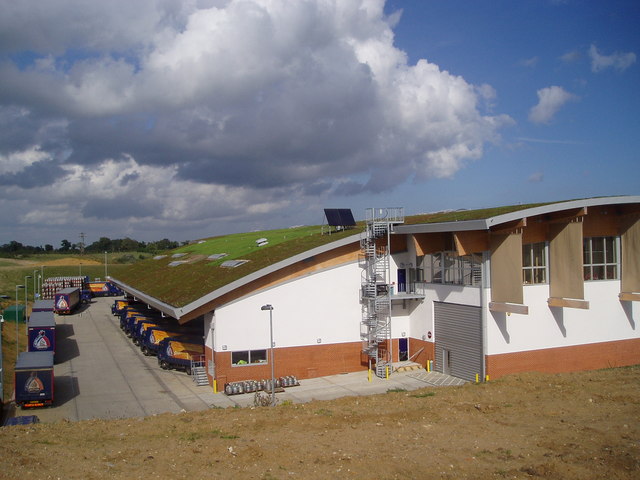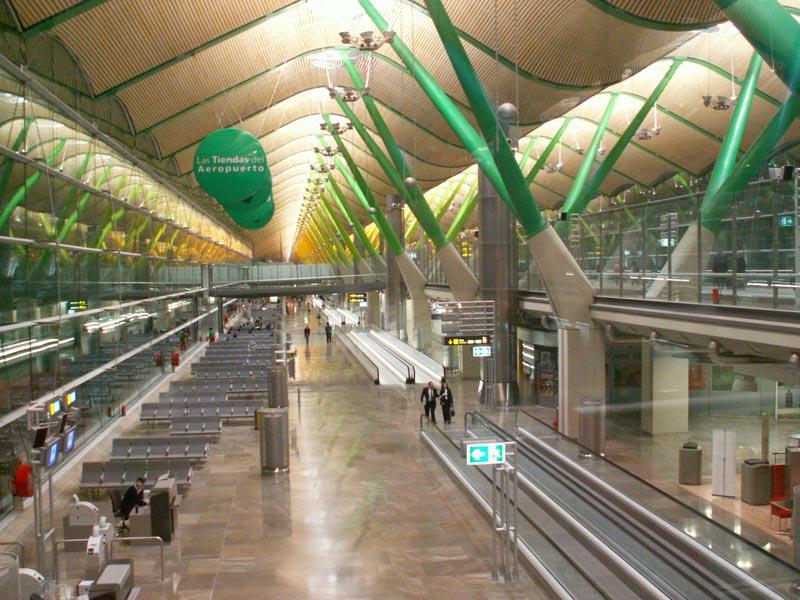


Many people, having learned about the advantages of clay, straw or hemp concrete houses, decide to build their own house in this technology. Of great importance are construction costs, which are slightly lower than those of a traditional home. Green houses do not need to be heated very much, and energy is not used for air conditioning. Many people collect rainwater, which they use to water their gardens. They install natural domestic sewage treatment plants and renewable energy sources in the form of solar panels or wind turbines.

a house built of straw cubes on a wooden structure, with clay plaster and a roof covered with reeds

The structure was filled with hemp concrete, and the dome was covered with wooden shingles.
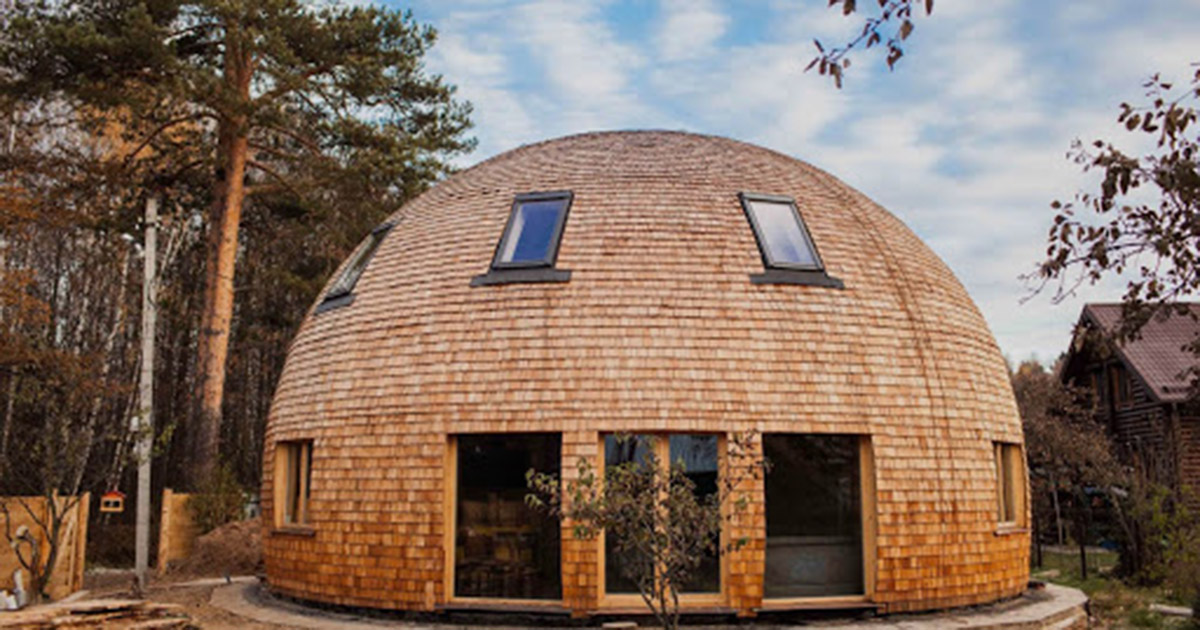

Many houses were built in Dietikon, covered with earth, on which shrubs, flowers and grass grow. The houses have recessed terraces, ponds and gardens. The estate is equipped with an underground garage.
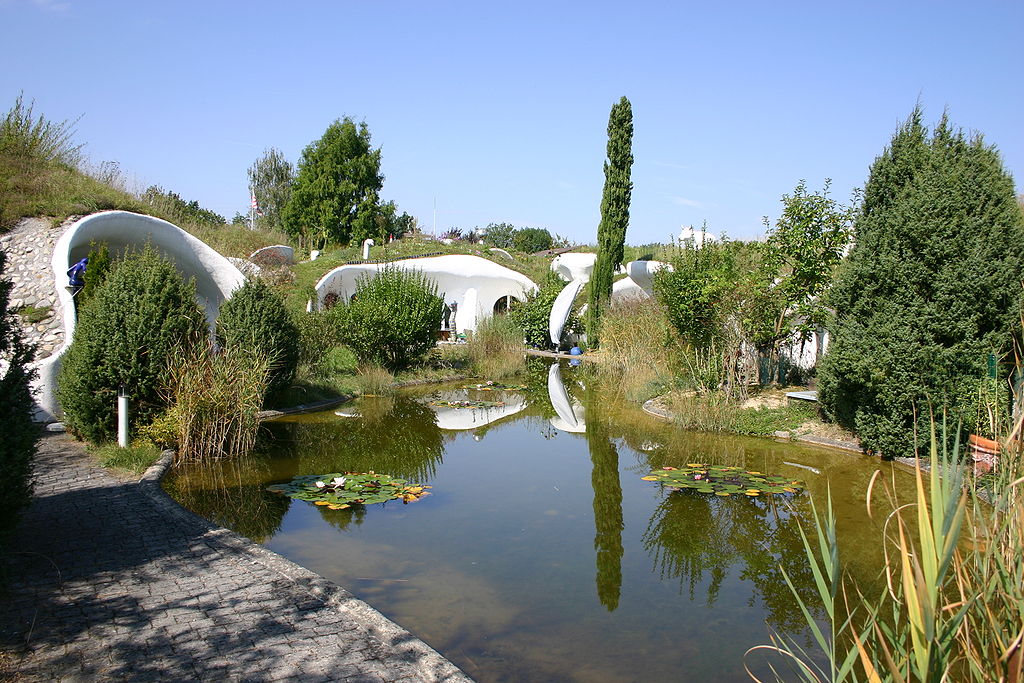

residential houses built of dried brick and wood, plastered with pink clay, which was dug out in the construction of houses
Institutions (schools, universities, museums, libraries, courts, municipal offices, hotels, hospitals, clinics, science centers), as well as sports buildings (stadiums, tennis courts, swimming pools) are mostly made of concrete, steel is used for construction, and facades are covered with aluminum and glass. Manufacturing and transporting these materials consumes a lot of electricity, heat, gas, and water, and when buildings are ready, they use up a lot of energy again to heat the interior or cool it in hot weather (air conditioning). The entire construction industry is very energy-intensive, requires more and more fuels and building materials manufactured in factories. Our climate is changing, it is getting warmer. Natural materials save energy and water and do not pollute the environment.

External wide stairs serve as a theater auditorium, energy is provided by the wind, there is also a garden and a goat farm.
Industrial buildings are huge production halls and smaller office buildings. Traditional halls are usually built as temporary and lightweight steel halls, with sandwich panels (aluminum plate with a thermal insulation layer) on the facades and with light roofs. They can be quickly disassembled and moved to another place. Together with office buildings, they form a complex that takes up a lot of space in a city or village. Designers of industrial complexes try to make such a structure blend in with the landscape. Ecological, energy-efficient buildings are created, equipped with solar panels or wind turbines, using rainwater and "gray" water (water used once). Buildings become "green" when the designer uses natural building materials. Such a building then receives an international certificate (a document confirming the fulfillment of the conditions for a green house) BREEAM - British or LEED - American. 400 buildings in Poland already have such a certificate.
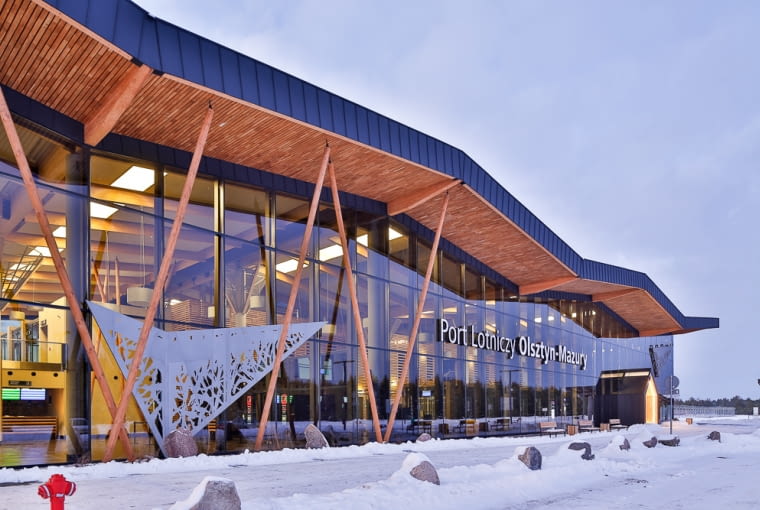

The walls and ceiling were made of brick.

“Green” roof, walls made of hemp concrete, ceiling beams made of glued timber.
